PAC1
Synonym(s):(4-Benzylpiperazino)acetic acid (3-allyl-2-hyroxybenzylidene)hydrazide;1-Piperazineacetic acid, 2-(phenylmethyl)-,[[2-hydroxy-3-(2-propenyl)phenyl]methylene]hyrrazide;Dual specificity protein phosphatase 2;Dual specificity protein phosphatase PAC-1;DUSP2
- CAS NO.:315183-21-2
- Empirical Formula: C23H28N4O2
- Molecular Weight: 392.49
- MDL number: MFCD03302441
- SAFETY DATA SHEET (SDS)
- Update Date: 2024-11-19 15:53:33

What is PAC1?
Description
PAC-1 (315183-21-2) is a procaspase-activating compound, directly activating procaspase-3, producing caspase-3, EC50=0.22 μM.1 It is less potent at activating procaspase-7, EC50=4.5 μM. It induces apoptosis in a variety of cancer cell lines. The mechanism of activation involves sequestering inhibitory zinc ions thus allowing procaspase-3 to autoactivate.2?? Sensitizes cancer cells to various chemotherapeutic agents.3
The Uses of PAC1
PAC-1 is a potent procaspase-3 activator with EC50 of 0.22 μM.
What are the applications of Application
PAC 1 is a procaspase-activating compound
Biological Activity
Procaspase-activating compound; activates procaspase-3 to produce caspase-3 (EC 50 = 0.22 μ M). Also activates procaspase-7 in a less efficient manner (EC 50 = 4.5 μ M). Pro-apoptotic; induces apoptosis in both cancerous and non-cancerous cells dependent on procaspase-3 concentration (IC 50 values are 0.003-1.41 and 5.02-9.98 μ M respectively).
storage
+4°C
References
1) Putt et al. (2006), Small-molecule activation of procaspase-3 to caspase-3 as a personalized anticancer strategy; Nat. Chem. Biol., 2 543 2) Peterson et al. (2009), PAC-1 activates procaspase-3 in vitro through relief of zinc-mediated inhibition; J. Mol. Biol., 388 144 3) Bolham et al. (2016), Small-Molecule Procaspase-3 Activation Sensitizes Cancer to Treatment with diverse Chemotherapeutics; ACS Cent. Sci., 2 545
Properties of PAC1
| Density | 1.14 |
| storage temp. | Store at +4°C |
| solubility | DMSO: ≥10mg/mL |
| form | solid |
| pka | 8.82±0.40(Predicted) |
| color | white |
| Stability: | Stable for 1 year from date of purchase as supplied. Solutions in DMSO or ethanol must be stored under inert gas at -80°C and will be stable for up to 2 months. |
Safety information for PAC1
| Signal word | Warning |
| Pictogram(s) |
 Exclamation Mark Irritant GHS07  Environment GHS09 |
| GHS Hazard Statements |
H302:Acute toxicity,oral H315:Skin corrosion/irritation H319:Serious eye damage/eye irritation H335:Specific target organ toxicity, single exposure;Respiratory tract irritation H400:Hazardous to the aquatic environment, acute hazard |
| Precautionary Statement Codes |
P261:Avoid breathing dust/fume/gas/mist/vapours/spray. P273:Avoid release to the environment. P305+P351+P338:IF IN EYES: Rinse cautiously with water for several minutes. Remove contact lenses, if present and easy to do. Continuerinsing. |
Computed Descriptors for PAC1
New Products
4-Fluorophenylacetic acid 4-Methylphenylacetic acid N-Boc-D-alaninol N-BOC-D/L-ALANINOL Tert-butyl bis(2-chloroethyl)carbamate 3-Morpholino-1-(4-nitrophenyl)-5,6-dihydropyridin- 2(1H)-one Furan-2,5-Dicarboxylic Acid Tropic acid S-2-CHLORO PROPIONIC ACID ETHYL ISOCYANOACETATE 2-Bromo-1,3-Bis(Dimethylamino)Trimethinium Hexafluorophosphate (6-METHYL-[1,3]DITHIOLO[4,5-b]QUINOXALIN-2-ONE INDAZOLE-3-CARBOXYLIC ACID 4-IODO BENZOIC ACID (2-Hydroxyphenyl)acetonitrile 4-Bromopyrazole 5,6-Dimethoxyindanone 2-(Cyanocyclohexyl)acetic acid 4-methoxy-3,5-dinitropyridine 2-aminopropyl benzoate hydrochloride 1-(4-(aminomethyl)benzyl)urea hydrochloride diethyl 2-(2-((tertbutoxycarbonyl)amino) ethyl)malonate tert-butyl 4- (ureidomethyl)benzylcarbamate Ethyl-2-chloro((4-methoxyphenyl)hydrazono)acetateRelated products of tetrahydrofuran
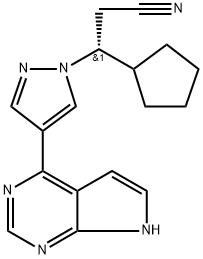
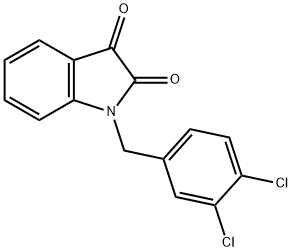
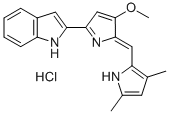
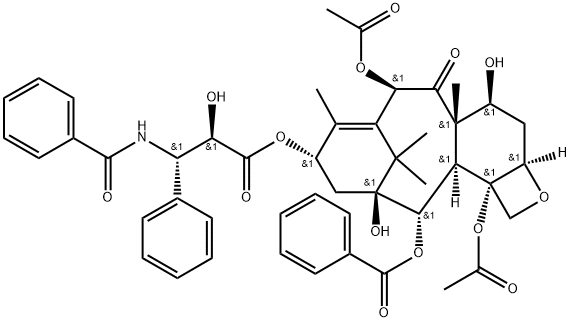
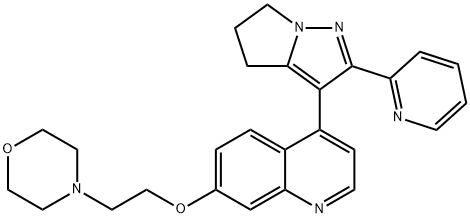
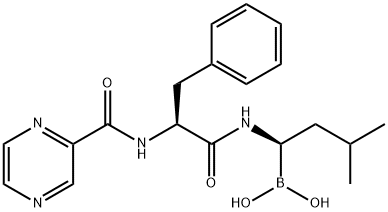


You may like
-
 Procaspase-3 Activator 99% (HPLC) CAS 315183-21-2View Details
Procaspase-3 Activator 99% (HPLC) CAS 315183-21-2View Details
315183-21-2 -
 PAC-1 CAS 315183-21-2View Details
PAC-1 CAS 315183-21-2View Details
315183-21-2 -
 1975-50-4 98%View Details
1975-50-4 98%View Details
1975-50-4 -
 2-HYDROXY BENZYL ALCOHOL 98%View Details
2-HYDROXY BENZYL ALCOHOL 98%View Details
90-01-7 -
 2-Chloro-1,3-Bis(Dimethylamino)Trimethinium Hexafluorophosphate 221615-75-4 98%View Details
2-Chloro-1,3-Bis(Dimethylamino)Trimethinium Hexafluorophosphate 221615-75-4 98%View Details
221615-75-4 -
 61397-56-6 CIS BROMO BENZOATE 98%View Details
61397-56-6 CIS BROMO BENZOATE 98%View Details
61397-56-6 -
 14714-50-2 (2-Hydroxyphenyl)acetonitrile 98+View Details
14714-50-2 (2-Hydroxyphenyl)acetonitrile 98+View Details
14714-50-2 -
 118753-70-1 98+View Details
118753-70-1 98+View Details
118753-70-1